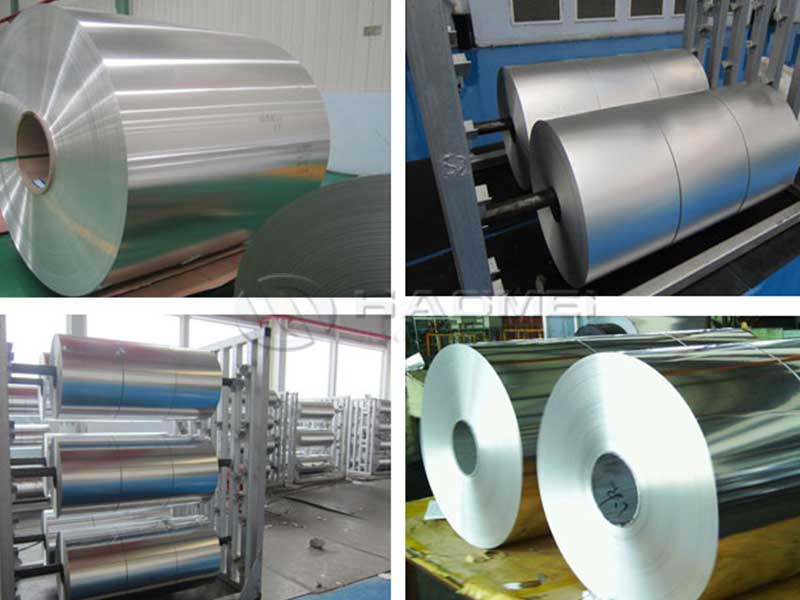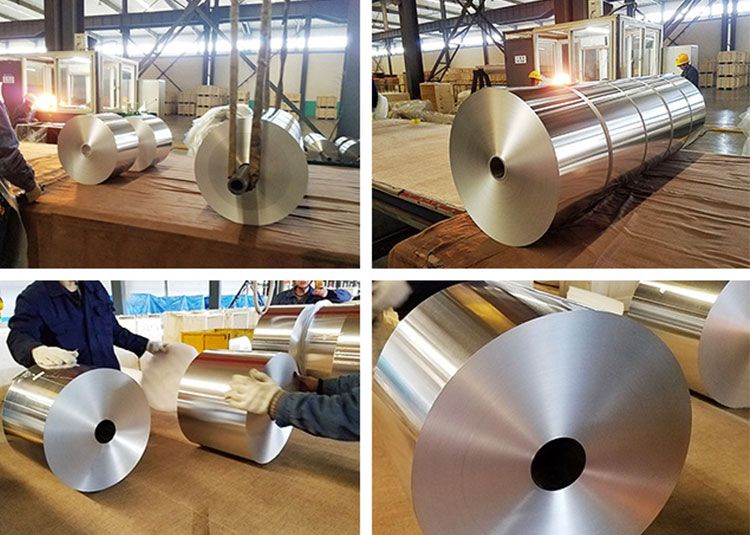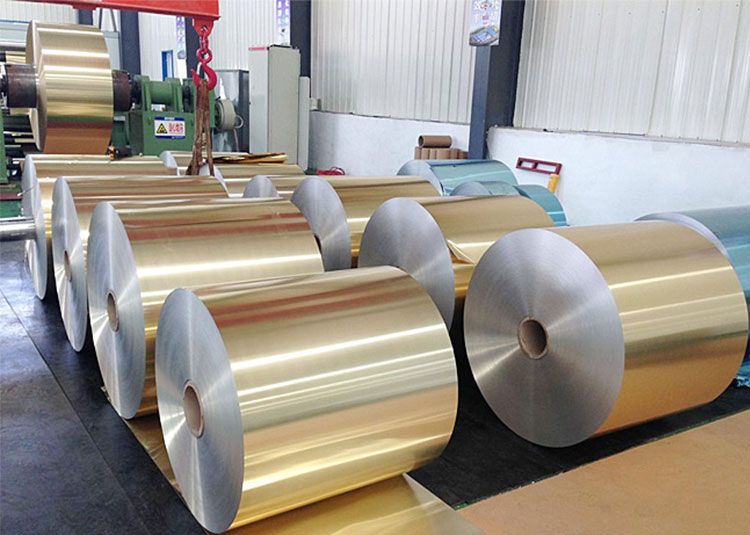When it comes to creating efficient ventilation systems, the materials used in ducting play a pivotal role. One standout option for semi-rigid ducting is aluminum foil, and its unique properties make it a preferred choice among HVAC technicians and builders alike. In this article, we’ll delve into the compelling advantages of aluminum foil for semi-rigid duct systems and how it outperforms traditional alternatives.
Why Choose Aluminum Foil for Semi-Rigid Duct?
1. Superior Insulation
Aluminum foil creates a positive barrier against ambient temperatures. This characteristic helps maintain the temperature of air while minimizing energy loss and reducing heating or cooling costs over time. The reflective nature of aluminum foil also works to further enhance a building's energy efficiency.
2. Lightweight yet Durable
One of the most striking benefits of aluminum foil for semi-rigid ducting is its lightweight design. Unlike heavier ducting alternatives, aluminum foil can be easily installed and manipulated. Despite its lightness, it doesn't compromise on durability. Aluminum is inherently resistant to corrosion, providing long-lasting performance even in only mildly corrosive environments.
3. Versatility in Application
Aluminum foil’s flexible nature allows it to fit into tight spaces or areas with unusual angles, making it perfect for semi-rigid ducting applications. Whether you are looking to install vents in kitchens, bathrooms, or attics, aluminum foil is versatile enough to accommodate branching, vent placement, and various configurations.
4. Cost-Effectiveness
Opting for aluminum foil for semi-rigid ductwork can lead to reduced overall operational costs. Not only is aluminum foil relatively inexpensive to manufacture, but its insulation properties mean improved energy savings in buildings and homes. Most HVAC systems show a positive return on investment due to lower heating and cooling bills.
Tips for Using Aluminum Foil in Semi-Rigid Ducting
- Proper Connections: Use high-quality tape for securing joints, and ensure all seams are sealed properly. Loose connections can lead to energy loss and inefficient airflow.
- Maintain Cleanliness: When working with aluminum foil, clear all surfaces of dust and debris before installation to ensure optimal adhesion and performance.
- Check Local Regulations: Always adhere to any local building codes or HVAC standards when installing ducts, ensuring that the use of aluminum foil fits within safety protocols.
- Regular Inspections: Like any ducting material, regular inspections of the aluminum foil for wear and damage will contribute to its longevity and continued efficiency in your HVAC system.
Final Thoughts
The use of aluminum foil in semi-rigid ducts is revolutionizing the way we think about ventilation and airflow efficiency. Its high-performance insulation, combined with versatility and cost-effectiveness, makes it a smart choice for both residential and commercial applications. By utilizing aluminum foil, businesses and homeowners can achieve significant long-term energy savings while maintaining optimal interior comfort.
Whether you're an HVAC professional or a DIY enthusiast planning your next installation, consider the clear benefits provided by aluminum foil in semi-rigid ducting. It’s time to say goodbye to outdated duct materials and embrace a solution that's as efficient as it is effective!













